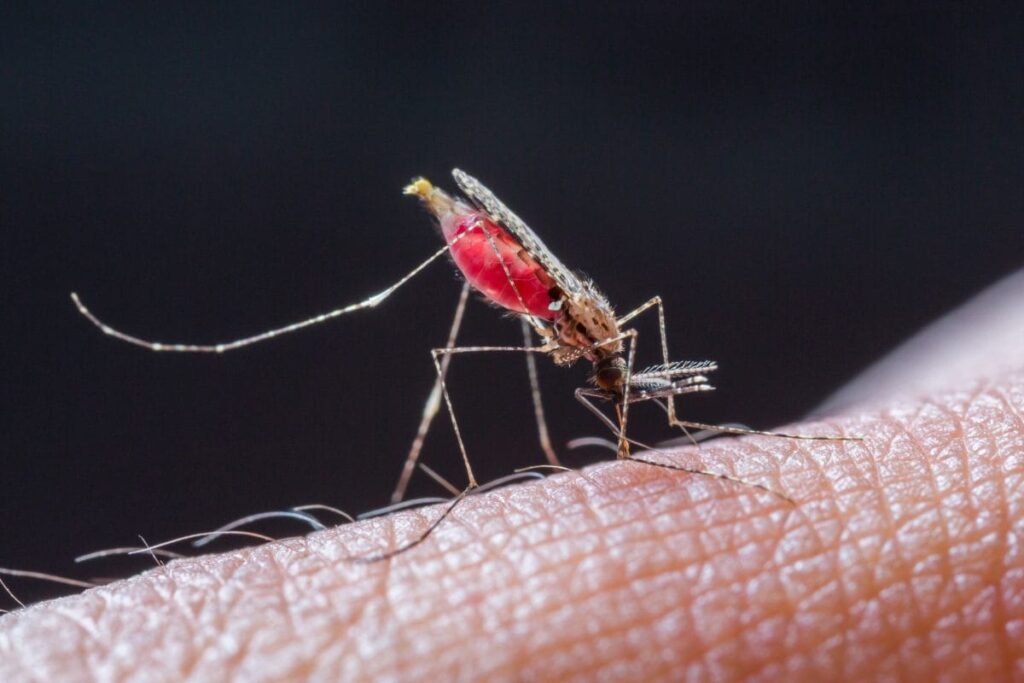Against a backdrop of rising rates of antimicrobial resistance the world over, a new means of treatment able for immediate use has shown success. The first clinical trial of two triple artemisinin-based combination therapies (TACTs) for malaria has found the combinations to be both highly effective and well-tolerated.

The study, published in The Lancet, tested 1,100 people with uncomplicated falciparum malaria and compared the results to individuals being treated with the current national first-line treatment combining two drugs, with two forms of triple therapy (dihydroartemisinin–piperaquine plus mefloquine and artemether–lumefantrine plus amodiaquine). The open-label randomised controlled trial included patients aged 2-65 years from eighteen hospitals across eight countries (Bangladesh, Cambodia, the Democratic Republic of the Congo, India, Laos, Myanmar, Thailand, and Vietnam).
In Cambodia, Thailand, and Vietnam, efficacy of the triple artemisinin-based combination therapy (ACT) dihydroartemisinin–piperaquine plus mefloquine was greater than the ACT dihydroartemisinin–piperaquine (98 percent [successful treatment in 149 of 152 people] vs 48 percent efficacy [67/141 people], respectively). In other countries, the results displayed similar success rates for both TACT and ACT therapies.
Given the comparable side effects of the two treatments, the capacity for a greater degree of success resulting from triple therapies could justify their use in more efficient and effective treatment of malaria in areas with known antimicrobial-resistant strains.
“With the increasing failure of conventional ACTs, the use of TACTs might soon become essential for treatment of malaria in the Greater Mekong subregion in southeast Asia,” commented senior author Professor Arjen Dondorp of the Mahidol-Oxford Research Unit in Bangkok, Thailand. “This region is aiming for accelerated malaria elimination before the growing drug resistance renders Plasmodium falciparum malaria close to untreatable. The TACTs we studied here could prevent a resurgence of malaria that often accompanies spreading antimalarial drug resistance.”
India accounts for the fourth highest number of malaria cases in the world, according to a report published by the Lancet Commission on Malaria Eradication published last year. However, political commitment is in place to work towards eradication.
“There is significant reduction in cases of malaria in India over the past several years, which provides optimism that elimination goal of 2030 is achievable,” Dr Altaf Lal, Senior Advisor for Global Health and Innovation, Sun Pharmaceuticals Industries Limited, India told Health Issues India last year. “The recent data from the State of Odisha and Malaria Elimination Demonstration Project in the State of Madhya Pradesh have revealed that incidence of malaria can be significantly reduced by robust surveillance, rapid testing and prompt treatment by trained field workers. The lessons and experiences from these elimination programs would be valuable for [the] national elimination program.”
However, in order to attain the elimination goals, a major hurdle must be overcome — antimicrobial resistance. The issue has been an ever-growing thorn in the side of campaigns to reduce the number of malaria cases worldwide. As more and more strains develop for which commonly-used therapies and treatments are ineffective, the disease becomes increasingly difficult — and expensive — to combat.
“The resistance to clarithromycin is rising among the Indian patients and that too at quite a fast pace,” said Sunil Sofat, additional director of the Department of Interventional Cardiology at Jaypee Hospital in Noida. “There are multiple factors for the same but one of the major reasons behind it is self-medication. In India, a huge population prefers to consume over-the-counter (OTC) drugs without even consulting a doctor. In the long run, this may make them resistant to most of the antibiotics including clarithromycin.”
Last year, researchers led by Dr Mamatha Ballal, a Professor at Kasturba Medical College in Karnataka, uncovered 20.4 percent resistance to clarithromycin. According to a study of European nations, resistance to clarithromycin in those countries has risen to 21.4 percent.
Combinations such as the triple ACT can allow treatment even in cases where the strain is resistant to one or even two of the medications used. An issue that may occur while deploying this strategy, however, is the relative expense of the use of three therapies in combination.
In order for malaria elimination to be realised, this burden of expense ought to be shouldered by governments. The alternative is that malaria will continue to disproportionately burden those least able to afford treatment, leaving reservoirs through which the disease could easily show a resurgence.

